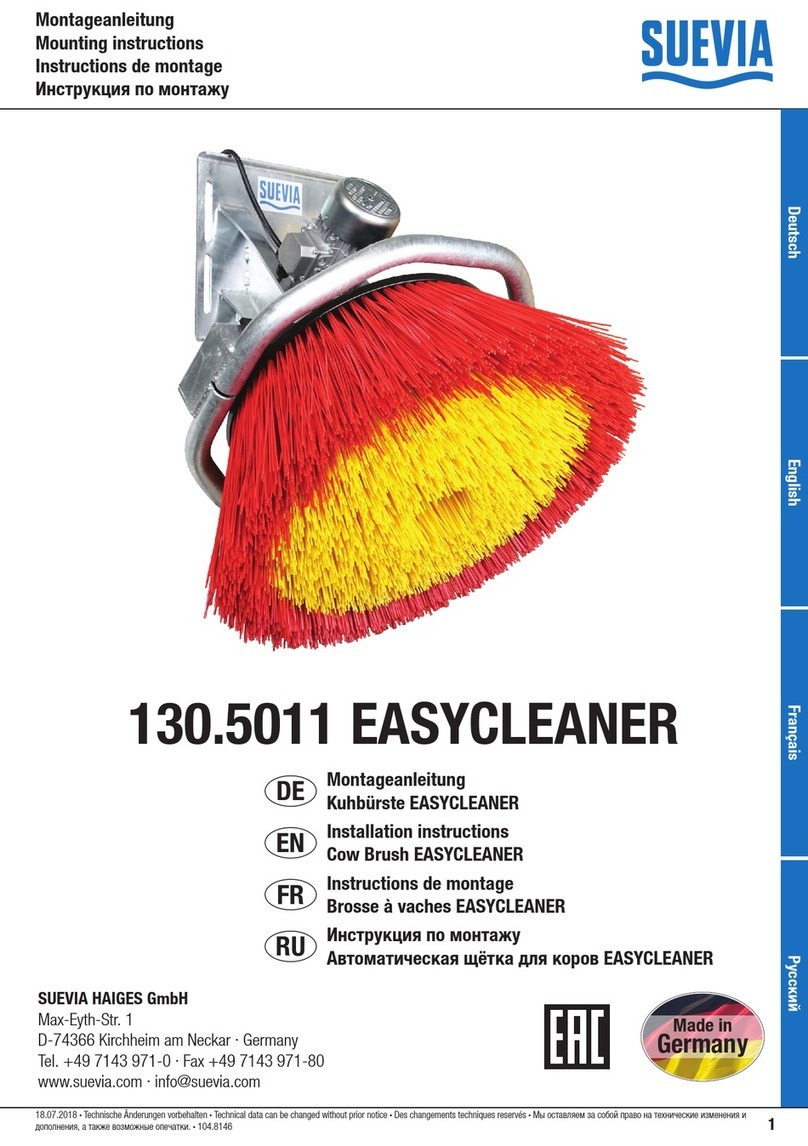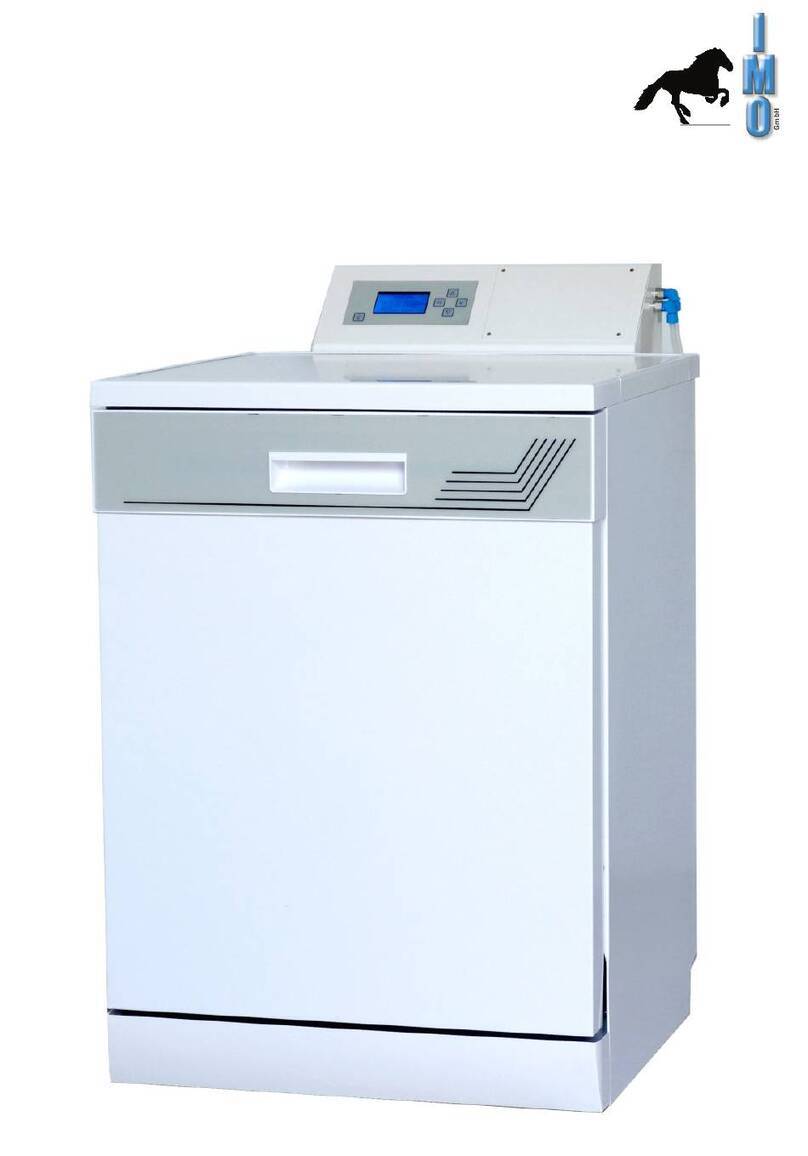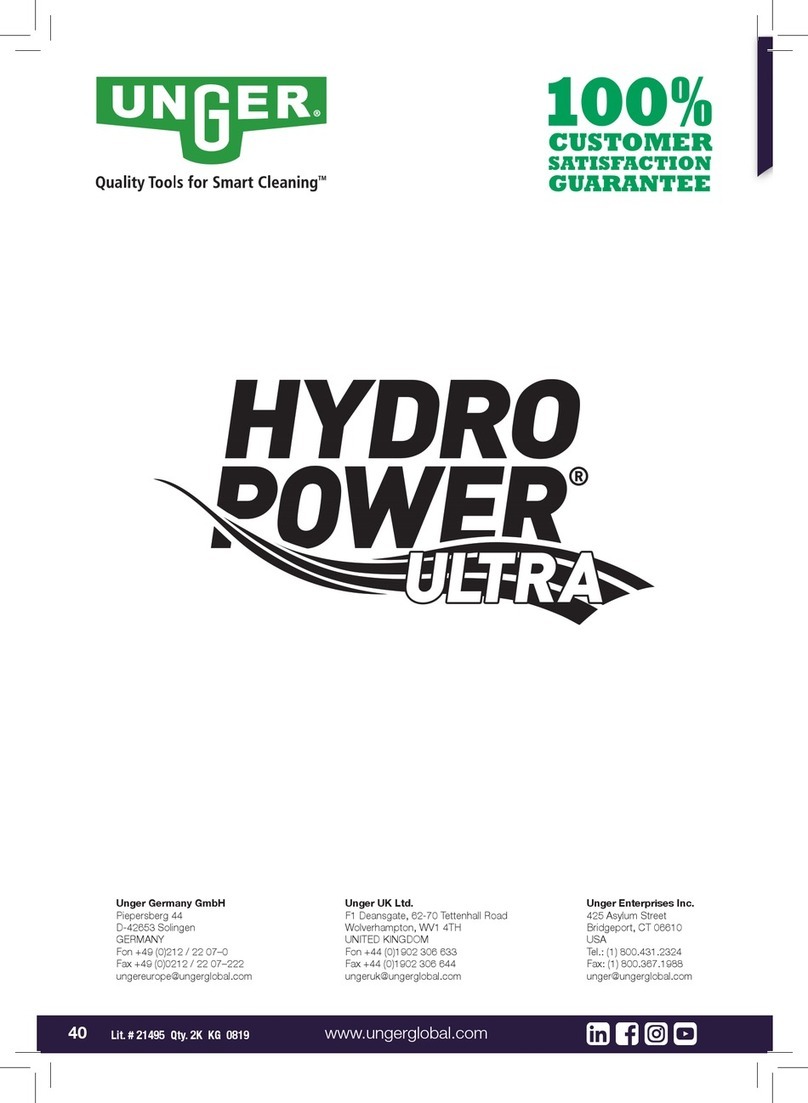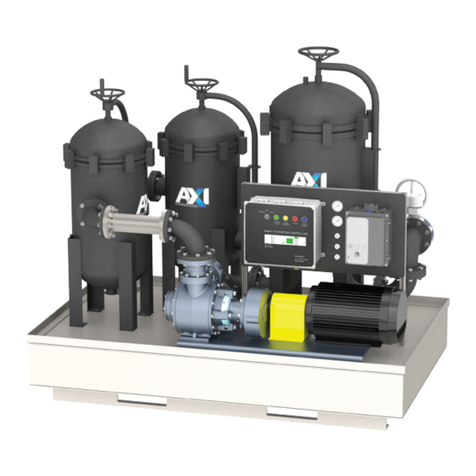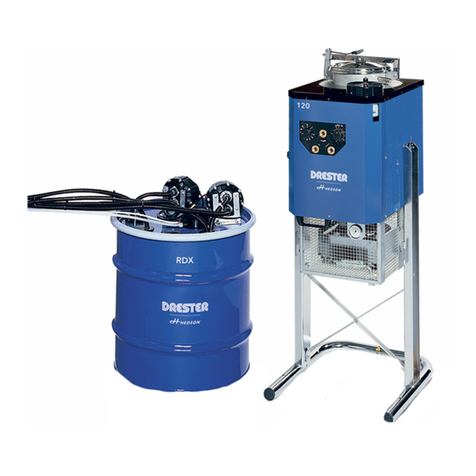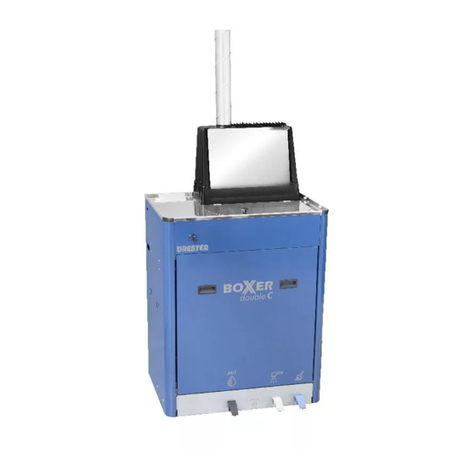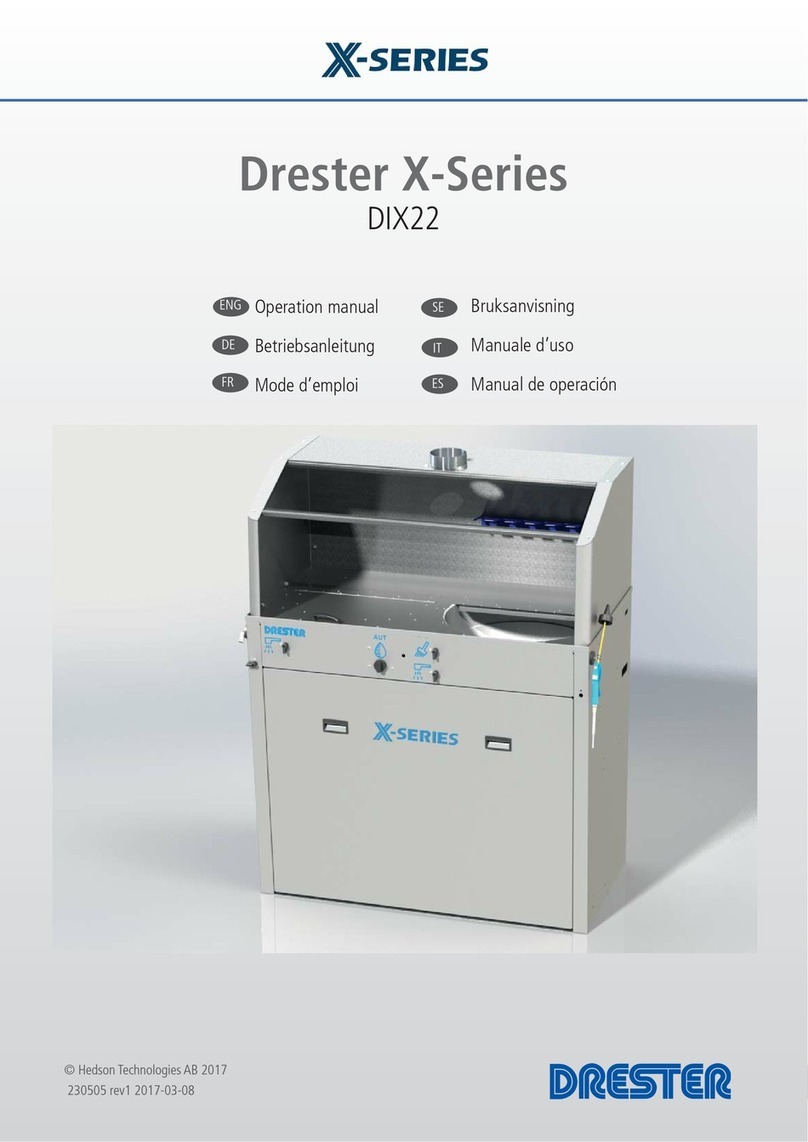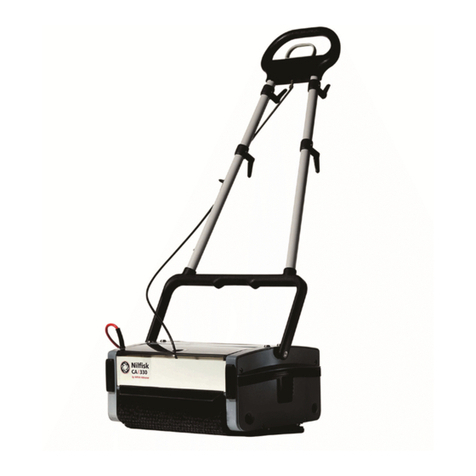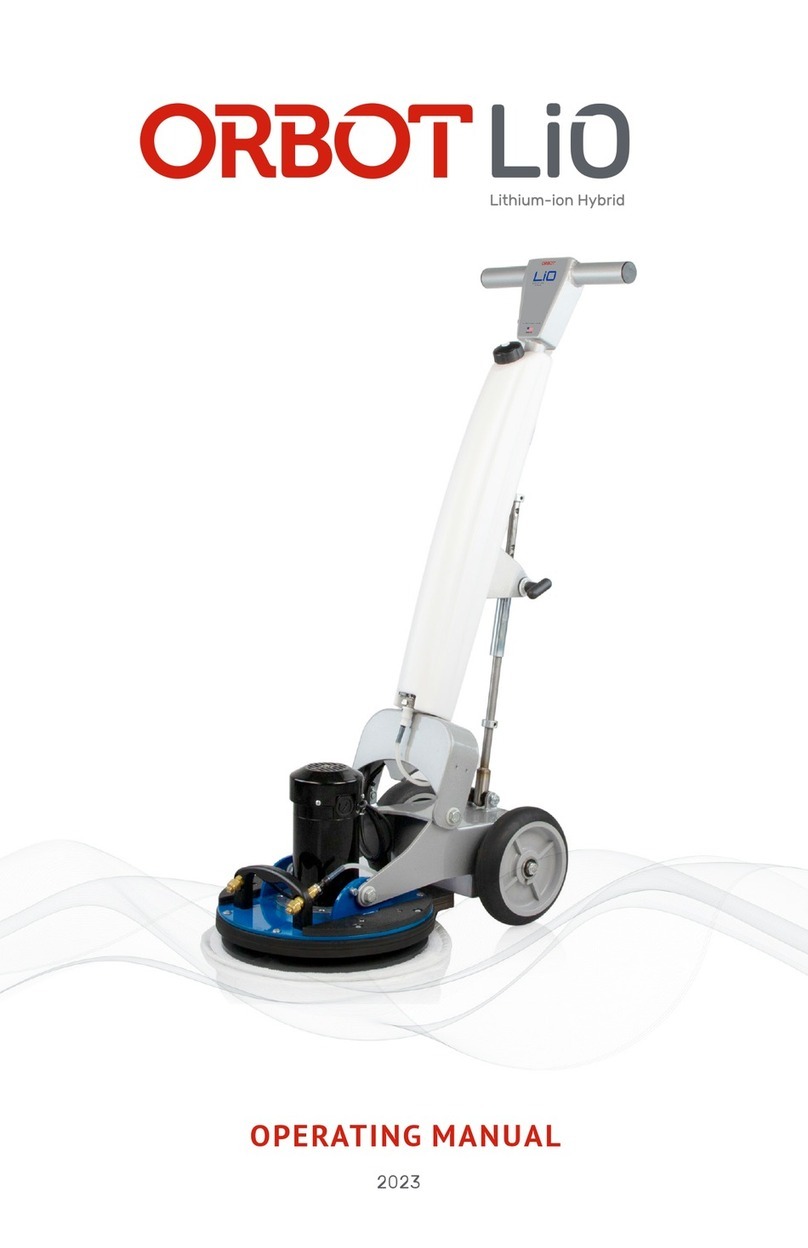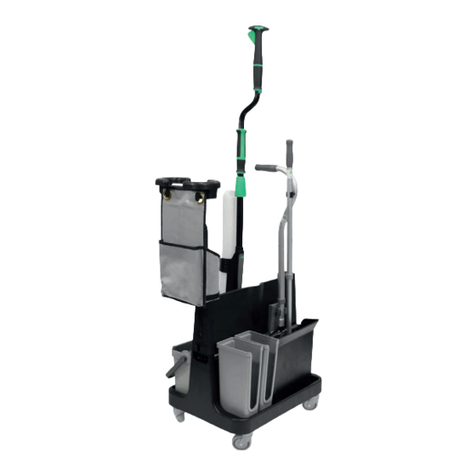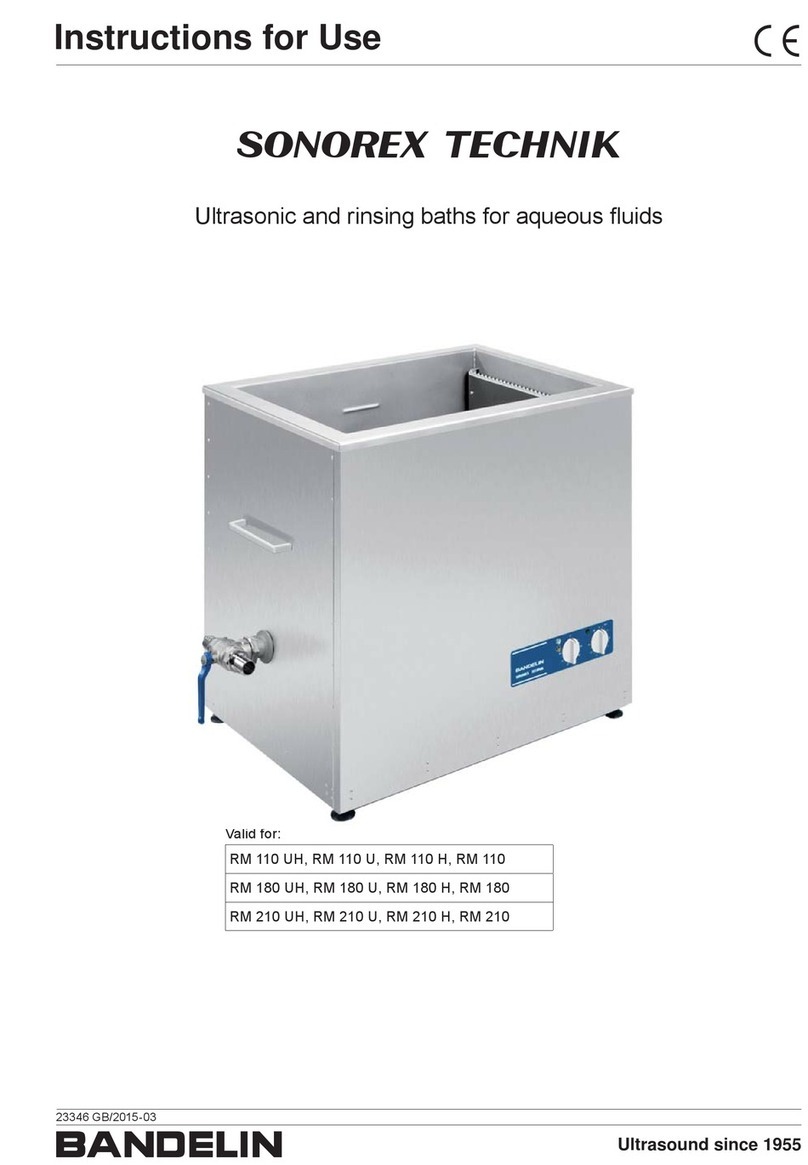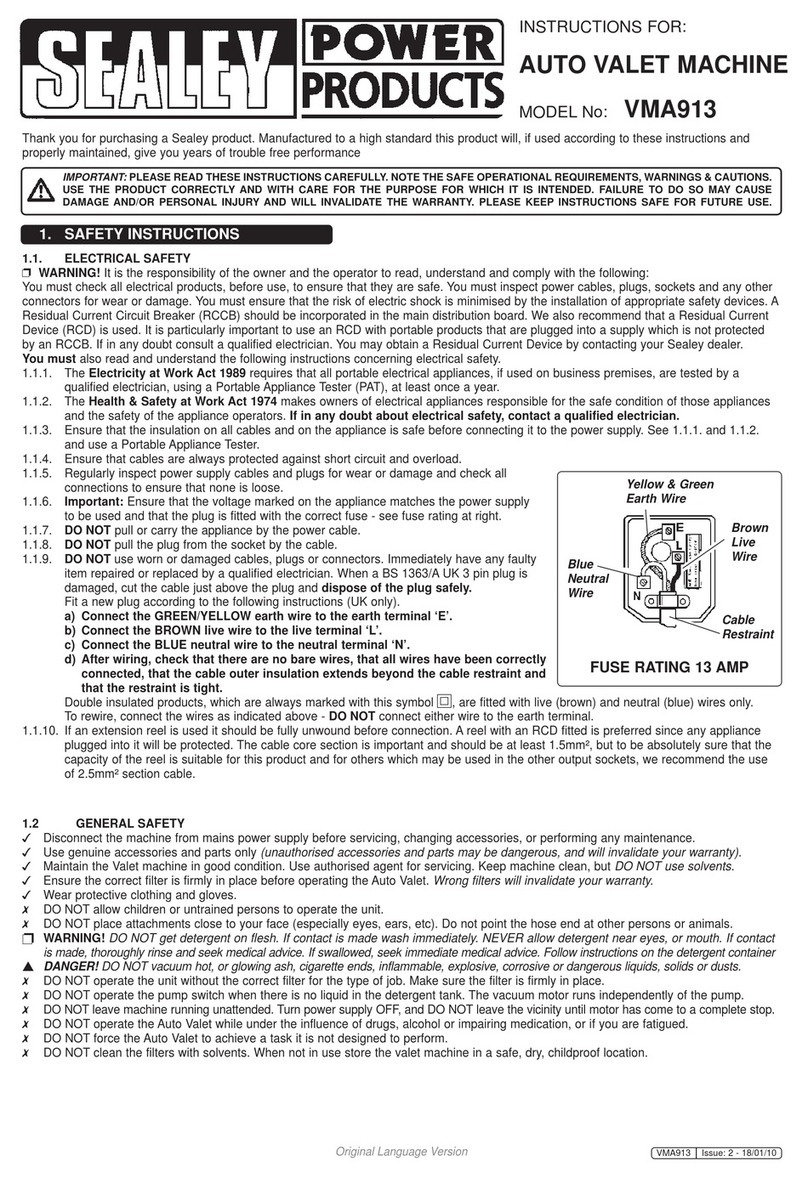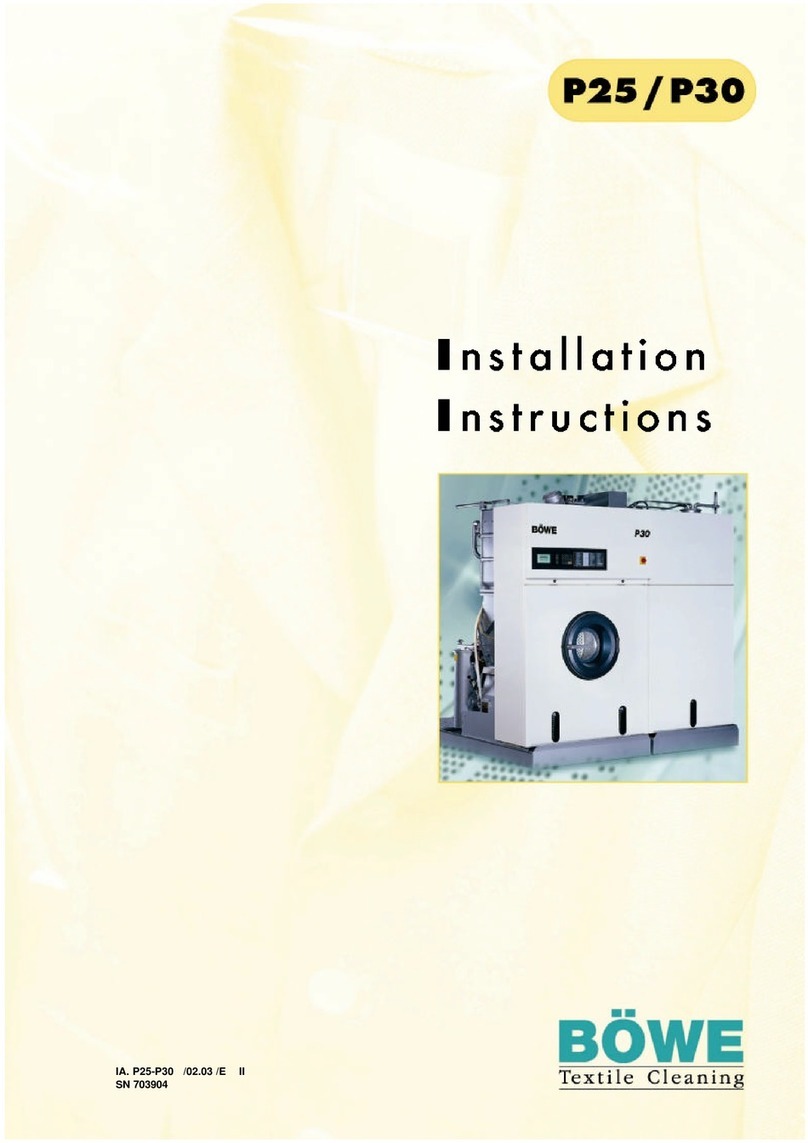
SAFETY INFORMATION
Hazards may arise from improper use of the DRESTER BOXER TRIPLE C. Hazards may also arise from improper
choice/handling of drums or solvent. In order to maintain the high safety standard of the unit, it is important that these
instructions are followed.
Do not operate the unit until you have read and fully understood this entire User’s Manual.
The unit should be installed as described in the instructions.
The unit should be used as described in the instructions.
The unit should be maintained as describedin the instructions.
Only original spare parts may be used.
This User’s Manual must be available and in legible condition in close proximity to the unit. Every user
shall know where to find the User’s Manual.
Operating instructions should be formulated on the basis of this Users Manual, and translated into the
language spoken by the employees.
Do not modify or in any way alter the unit.
Do not operate the unit unless it is properly vented. Do not operate the unit if the extraction of vapors is
insufficient. Avoid contact with liquid and vapour. Refer to the solvents’ MSDS (Material Safety Data Sheet).
Wear chemical goggles or similar, to protect your eyes. Wear chemical-resistant gloves to prevent skin-
contact. Wear chemical-resistant clothing to protect against spills or splash.
Personnel suffering from respiratory problems or allergies to solvents used, must not operate the
machine. Clean up spills immediately.
Do not smoke, eat or drink while close to the unit.
The unit is equipped with a safety valve that will interrupt the automatic wash cycle if the lid is opened
before the wash cycle is completed.
Spray guns or any other paint equipment items cleaned in the unit must be suitable for cleaning in a
Zone 1 area (ref. Category 2 according to EN 13463-1/2001). If unsure, please contact the spray gun
manufacturer. The unit must be properly grounded using the attached grounding cable. If plastic drums are used, the
openings should be wiped off with a damp cloth, to avoid static electricity, before inserting or removing
any hoses or other equipment.
WARRANTY
Hedson Technologies AB will replace all faulty parts on the DRESTER BOXER TRIPLE C with new parts in accordance
with the “Warranty Terms for Hedson Technologies AB No. 7.2-8”. This warranty only remains valid if the machine is
used in the prescribed manner, and it does not cover the cost of repairs. Always state the machine’s serial number and
year of manufacture if making a claim under warranty. These can be found on the machine’s silver-coloured rating
plate. The warranty terms may vary from country to country. The importer can provide you with details.
TECHNICAL DATA
Manufacturer HEDSON TECHNOLOGIES AB
Hammarvägen 4
SE-232 37 Arlöv
Sweden
Tel.: +46-40- 53 42 00
Type of machine: DRESTER BOXER TRIPLE C
Permitted solvents: See section “Permitted Solvents”
Max solvent (water based) volume of machine: 30+ 30litres
(Check for local regulations concerning max allowed volume for keeping solvents at the site of the unit)
